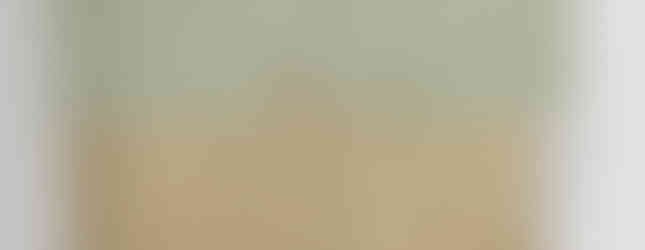My textile work, ‘Repair and Mending Time’ , 150 cm x 150 cm, fabric, hand stitiching, sequins and beads, has been selected for the 2022 Meroogal Women’s Art Prize. The works are to be exhibited within the historic home, Meroogal, NSW, one of the many historic properties protected by the Sydney Living Museums. A wonderful setting creating an interplay between contemporary art and history. All the works exhibited respond to the historical context of the site.
ARTIST STATEMENT:
"This textile work of fabric samples hand-stitched with threads and cotton echoes the handy work of generations of women who resided within this house. Repairing and mending over time the work acknowledges an essence of making do, using what’s at hand, a love of fabric and the domestic sphere. It can be shown either side revealing a traditionally concealed back. Unleashed from a pragmatic functionality it becomes a contemporary abstracted drawing with exposed cuttings. Embellished with sequins, it celebrates the domestic and the everyday."
'Repair and Mending Time', textile, stitching, sequins, 150 x 150 cm, 2023, two sided work, in situ



















